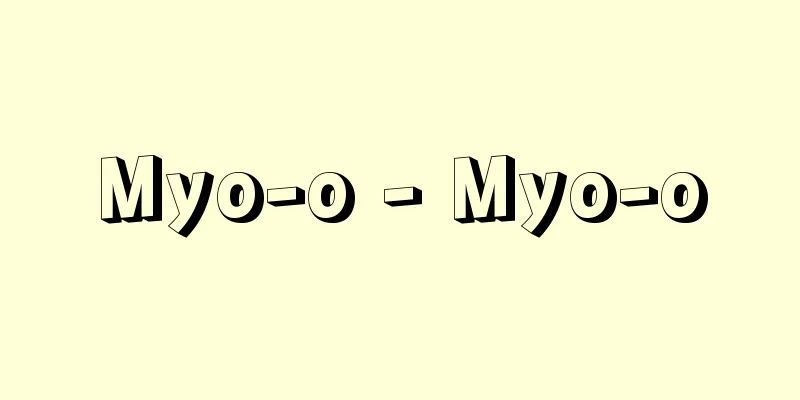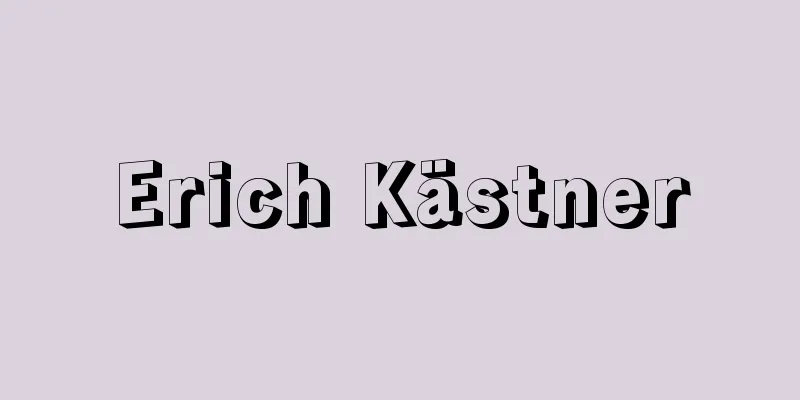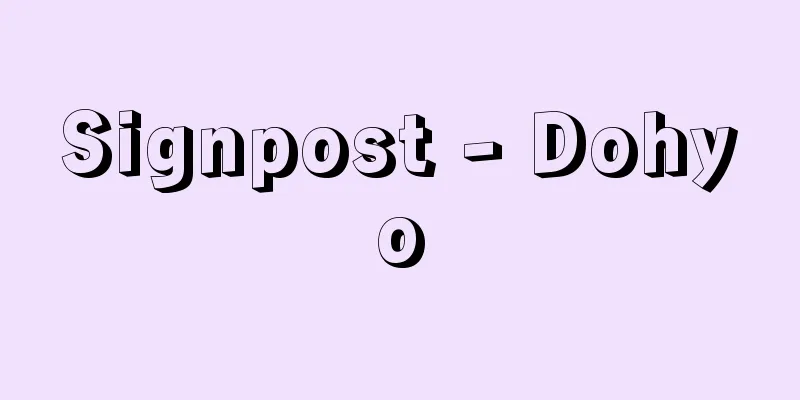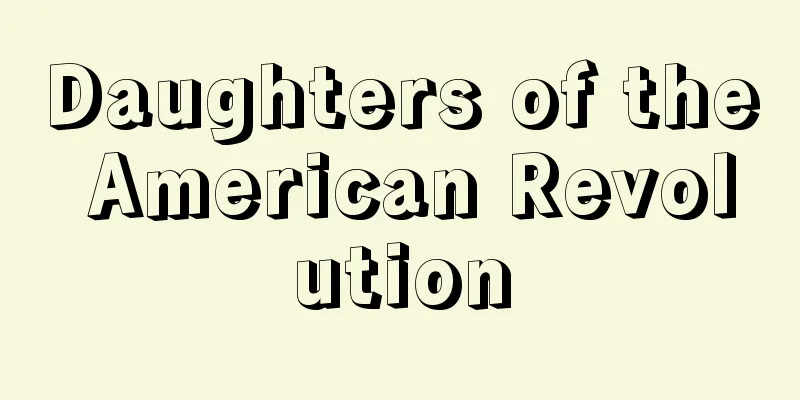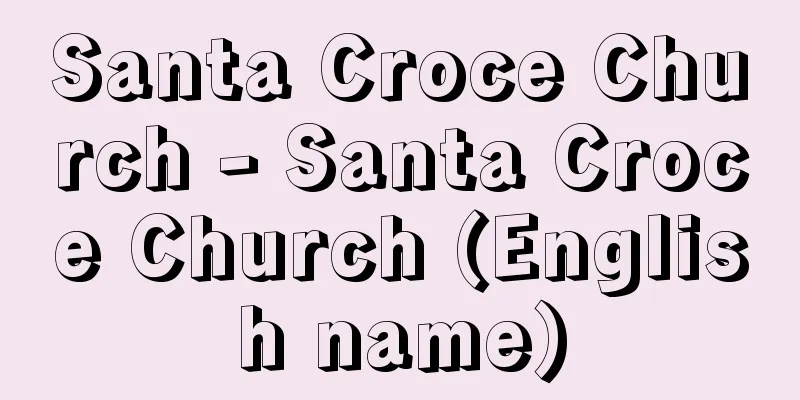Ballad - Sedouka

|
It means a song that spins around your head, or a song that spins around your head. It is a name for a song in the six-line format of 5-7-7, 5-7-7. It is thought to have been called "Sentou" because of the repetition of 5-7-7, as in the exchange between Yamato Takeru no Mikoto, "How many nights have I slept since passing Niihari Tsukuba," and the old man of Mihitaki, "All night long, nine nights, ten days." The most popular theory about the origin of this form is that it was a dialogue between two people about a 5-7-7 Katauta, which was later composed by one author. However, Katauta is not an independent form of song, but rather it is thought to have been named when the three-line format appears musically in a certain special way within a group song. Katauta Mondo was an independent form of Katauta that was used apart from its musicality, and therefore cannot be considered the source of tanka. In terms of the existence of tanka in the Manyoshu, there are no tanka with clearly defined authors before Kakinomoto no Hitomaro, and the majority of tanka are concentrated in Hitomaro's Collection, including "I have no sons who cut the rice fields in Sumiyoshi, but I cut my own fields for my sister's sake" (Volume 7). This uneven distribution makes it difficult to recognize it as a common form of song. It strongly maintains a two-stage structure of three lines plus three lines, and is certainly a form of chanting, but it is thought to have utilized the form of singing together (especially the form of tanka chanting together at the head and tail of the main and back of the main and tail ... [Kanno Shitaka] Source: Shogakukan Encyclopedia Nipponica About Encyclopedia Nipponica Information | Legend |
|
頭(こうべ)を旋(めぐ)らす歌、あるいは、頭に旋る歌、の意か。五七七、五七七の六句形式の歌の称。「新治筑波(にいはりつくは)を過ぎて幾夜(いくよ)か寝つる」(倭建命(やまとたけるのみこと))「かがなべて夜(よ)には九夜(ここのよ)日には十日を」(御火焼(みひたき)の老人(おきな))のやりとり(『古事記』)のように、五七七を繰り返すことから「旋頭」と称したと考えられる。この形式の成立をめぐっては、五七七の片歌(かたうた)を2人によって問答したのが後に1人の作者によってつくられるようになった、という片歌問答起源説が有力である。しかし、片歌は、独立的な歌の形式ではなく、組歌のなかで、一定の特別なありようにおいて三句形式が音楽的に現出するところをそうよんだものとみられる。片歌問答は、その片歌を音楽性を離れて独立化して利用したのであり、旋頭歌の源とはいえない。 旋頭歌は、『万葉集』中の存在状況として、作者分明のものでは柿本人麻呂(かきのもとのひとまろ)以前にはみず、「住吉(すみのえ)の小田(をだ)を刈らす子奴(やつこ)かも無き 奴あれど妹(いも)が御(み)ためと私田(わたくしだ)刈る」(巻7)をはじめとして『人麻呂歌集』に過半数が集中するという偏在からも、一般的な歌謡形式とは認めがたい。三句プラス三句という二段構造を強く保持していて、唱(うた)われる形であることは確かであるが、それは唱和の形式(とくに短歌を本末で唱和する形)を利用したものとして考えられる。その成立には人麻呂の関与が大きいと思われる。 [神野志隆光] 出典 小学館 日本大百科全書(ニッポニカ)日本大百科全書(ニッポニカ)について 情報 | 凡例 |
<<: Setouchi [town] - Setouchi
>>: Sète - Sète (English spelling)
Recommend
İbrahim Müteferrika
Around 1674-1745 Ottoman official and diplomat. Bo...
Sankt Gallen (English spelling)
The name of the canton (state) and its capital cit...
Isofen insulin - Isofen insulin
…Insulin preparations are also designed to remove...
Three-person idiom - Sanninjogo
This was a joint critique of works by Mori Ogai, K...
Criminology
A science that scientifically studies matters rel...
network protocol
The communication procedures and rules in network ...
Colic - Sentsuu (English spelling)
Severe abdominal pain that often occurs periodical...
decimation
...The history of this system is as old as the em...
Smoke jack
...The rotating lanterns that have been around in...
Nicolae Grigorescu
1838‐1907 Romanian painter. After making a name fo...
Kyoritsu Kyokai - Kyoritsu Kyokai
…He participated in the Independence Association ...
Pitted-shell turtle (English spelling: pitted-shell turtle)
Also known as the New Guinea Soft-shelled Turtle. ...
Celosia argentea (English spelling) Celosiaargentea
...For cut flowers, flower beds, and potted plant...
Gramophone
...A disk on which linear grooves are carved in a...
Jenson, N.
...This is why the early typefaces created by Gut...
